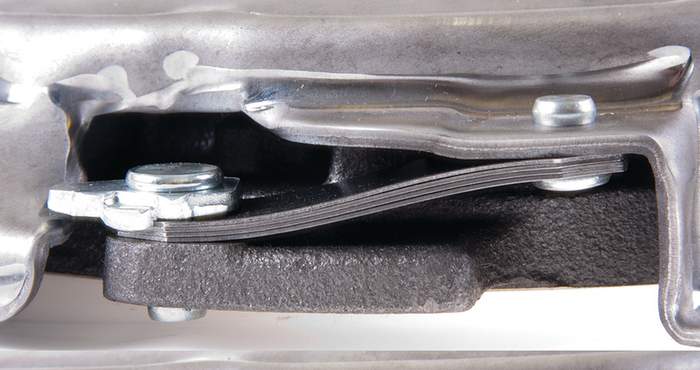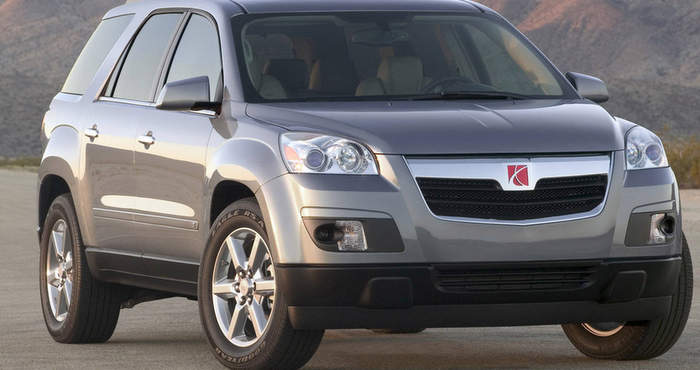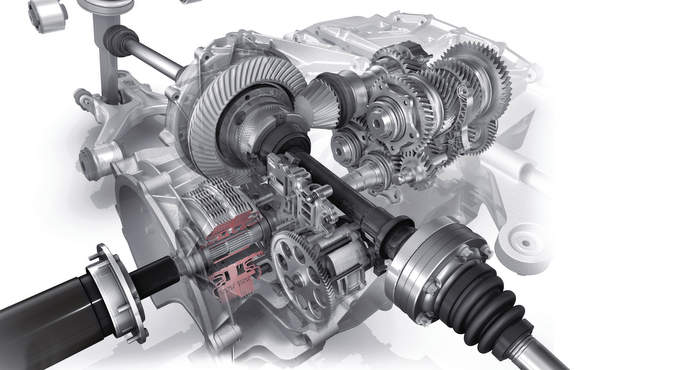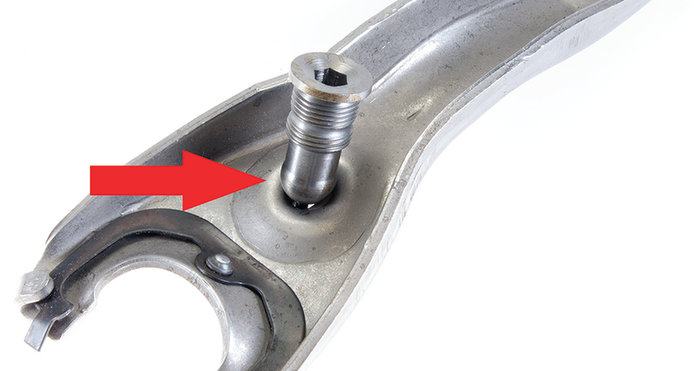Causes of Clutch Failure: Diagnosing Chatter
One of the most difficult clutch-related problems is chatter. Chatter is sometimes difficult to diagnose because it has many root causes, and some of them may not seem related at first. Chatter can be detected as a pulsing or a grabbing sensation that resonates into the vehicle cabin and originates from the driveline or chassis/suspension.

Eaton Launches New Line Of Medium-Duty Dual Clutch Transmissions
Eaton has introduced Procision, a new line of medium-duty dual clutch transmissions that the company says delivers 8 to 10 percent better fuel economy than a similarly equipped vehicle with a torque converter automatic. Scheduled to be available in the North American market mid-year in 2015 and available globally in the future, the new seven-speed
Saturn: Hesitation Between 35-50 mph
Condition Some customers may comment on a flat spot or hesitation between 35-50 mph (56-80 km/h) speed range. Cause The existing transmission calibration is programmed to maximize fuel economy and requires a greater throttle input than some customers would prefer to provide acceleration in this speed range. Correction A new calibration is available. This new calibration increases

Clutch Repairs Made Easy: Making Use of Something We Normally Throw Away
Clutch replacement is a job that normally takes a good bit of time, and we want the job to go right the first time. Whether it’s a 4-wheel drive Ford F-450 or a Chevrolet Cobalt, we don’t want to do the job twice, but that’s exactly what may happen if the clutch installation does not

How Does a Dual Clutch Transmission Work?
Dual clutch transmissions are like having two manual transmissions shifting together while being controlled like an automatic transmission. This is the transmission of the future because it is lighter than an automatic and is just as efficient as a manual transmission. Instead of a linkage connected to a shifter in the cabin, the shift forks

Diagnosing Clutch Assembly Noises
Noise can resonate from many areas of a vehicle’s driveline. There are several types of noises associated with the clutch assembly. The release bearing is most often blamed for being the cause of noise when, in many cases, it is not the release bearing at all. For example, technicians often describe a squeaking noise emanating

Dodge Caliber: Fuel Gauge Fluctuation
Models: 2007-‘10 (PM) Caliber (FWD Only) 2007-‘10 (MK) Compass / Patriot (FWD Only) Symptom: The customer may complain that the fuel gauge is not accurate or fluctuates at 3/4 of a tank or above. Perform the repair as described below. Repair Procedure 1. Remove the fuel pump module using procedures found in DealerConnect>TechConnect > 14Fuel System >
Clutch Problems: No Release Causes
No release is probably the most common of all clutch problems. The purpose of the clutch is to couple and decouple the engine and transmission. Poor clutch release makes it difficult to impossible to start and stop the vehicle or change gears. Common release problems are: • Air in a hydraulic release system; • A
Intake Manifold Gaskets: A Service Rundown
Back in the days when most

Beyond the Warranty Maintenance Checklist
What happens after the bumper-to-bumper and powertrain warranties wear out? If you look at any factory-recommended service intervals, after 100,000 miles they cease to exist. What does it take to keep a vehicle going for 120,000, 180,000 or 250,000 miles? The key is maintenance and
Three AGM, Gel Cell Battery Myths
Chances are if the battery is not under the hood, it is an absorbent glass mat (AGM) or gel cell battery. These batteries pack a lot of power for their size and weight, which allows manufacturers to shave off a few pounds from the vehicle. That’s a big reason why they are being found more and more on late-model vehicles. Here are three AGM/gel cell myths.
Timing Belt Replacement On 2.2- And 2.3-Liter Honda Accord Engines
These tips outline the belt replacement for the popular 2.2- and 2.3-liter Accord engines. The other Honda engines are similar, but don’t require the balance belt. They shouldn’t present any challenge to the experienced tech, but there are some things to keep in mind as you tackle these jobs.
